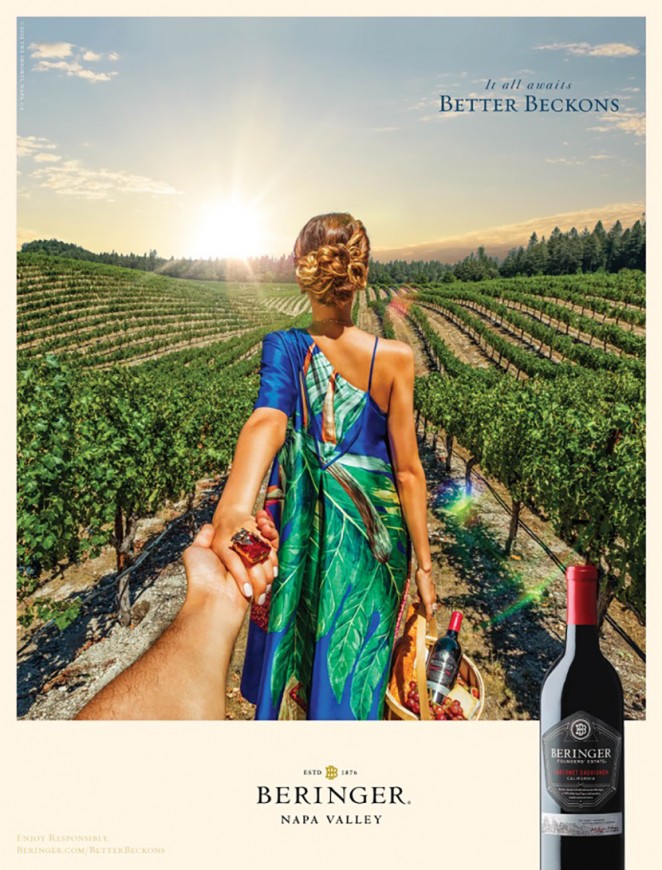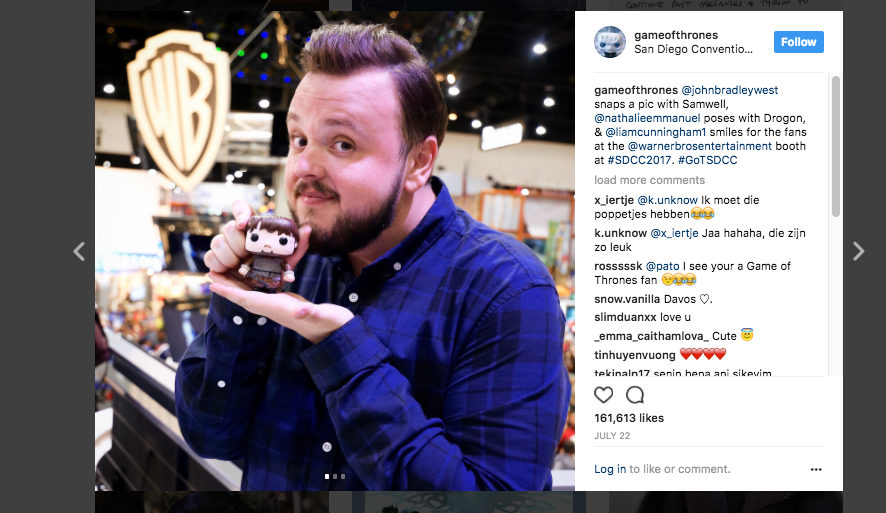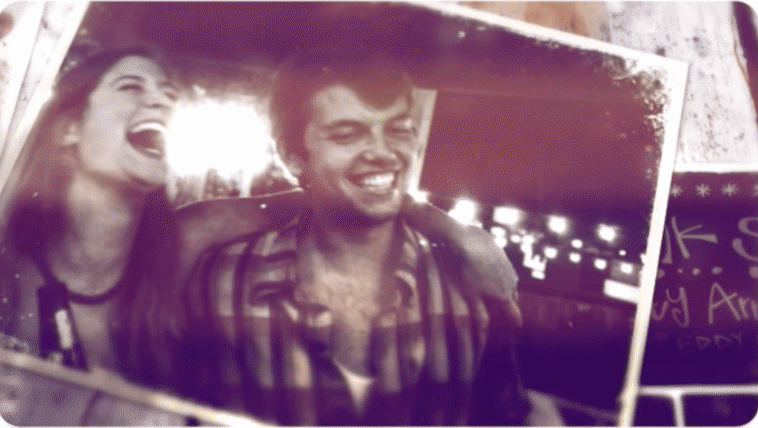Two million new blog posts are released into the world every day.
That’s a lot of content—and if you’re a small (or mid-sized) business, all that noise can drown you right out.
So what do you do to make sure you stand out from other brands? How do you get the spotlight on yourself—especially on social media?
The answer is simple. Use visual storytelling. It’s perfect for small and mid-sized businesses—and reason No. 1 is that...
1. It helps drive traffic
To an untrained eye, platforms like Instagram and Snapchat are all about images.
This is patently wrong. These networks are really about stories.
This is why users follow influencers and content creators instead of curators who re-post standalone content. People want consistent, connected visual stories—like Murad Osmann’s “Follow Me” series: a viral campaign that turned out to be one of the better business ideas we’ve seen in modern marketing:
Want to know how many people are tuning into stories like this one?
Well, Instagram Stories have 250 million daily users. Snapchat has around 150 million. Other visual storytelling platforms—Instagram, Facebook, YouTube, etc., are also viewed by hundreds of millions of people every day.
This means there’s a massive opportunity for you to drive traffic by creating stories that these users connect with. All you need to do is create excellent content and make it easy to find. If you do well, users will start to engage with your story (and brand).
Here’s a few simple ways to drive traffic with visual storytelling:
- Use relevant hashtags (including branded tags) and geotags
- Use traditional storytelling elements—plotlines, cliffhangers, love triangles, —to keep users tuned in to your marketing channels
- Use consistent themes to make sure you’re creating stories, not just visual content. Here’s how Game of Thrones’ does it on Instagram by using props to connect disparate images:
That might sound a little intimidating for a small business owner or manager. Fortunately, our next tip will give you five simple ways to make wonderful visual stories without spending much time or money.
2. Visual stories are now inexpensive
As recently as 2011, images and videos—especially digital ones—were expensive to produce. This has now changed. Modern technology makes it easy to create infographics, data visualizations, enhanced images, and even cinemagraphs on a budget.
This means small and mid-sized businesses can create beautiful animations like the one above. Read on to discover five tools that help do this that cost nothing (or very little):
Stencil: If you need to post visual stories to social media, Stencil is your app. It makes quote images, explainer images and other popular visual content types a breeze to use (and connect with one another).
Canva: Canva is a lot like Stencil, only more feature-rich. Use it as your primary online editing tool if you’re publishing outside of social media.
Visme: Visme has dozens of beautiful infographic templates that turn visual storytelling into a cakewalk. As a pleasant bonus, many templates are interactive (i.e. the images move).
Animoto: Animoto turns sequences of videos and/or images into creative videos. You can choose one of many templates—or create your own for a more cohesive feel between separate entries. Here’s an example of what Animoto can help you do:
Flixel: As the name suggests, this is a tool for making cinemagraphs in minutes. It’s simple, beautiful, and costs under $200/year.
With images being so simple (and cheap) to make, and visual storytelling working this effectively, you can’t afford not to use it in your marketing.
That’s a big promise, but after you read this next point, you just might find that you agree with us. Here’s why:
3. Visuals are necessary for effective digital marketing
The modern world moves quickly. In response to this, we’re learning to shift from task to task, processing as much information as possible quickly.
The result is that the average person’s attention span is now down to just eight seconds: too little to read the average e-mail or connect with text-based ads.
And that’s where visual stories come in.
First, there’s the visual element. The human brain processes images up to 60,000 times faster than just text. It also remembers them up to 6.5 times better than text alone.
Then there’s the storytelling element. People love stories - which is why they love consuming content. In the Instagram era, they expect most of that content to be visual, i.e. image or video-based.
This is why 79 percent of all internet traffic will be driven by videos by 2020. It’s also why image-based content gets 94 percent more views, and three times more social media shares.
And again: this does not mean that standalone images are necessarily effective. Imgur and Reddit have plenty of users and one-off images, but these are limited to memes. These channels don’t have mega-influencers like DJ Khaled and Kim Kardashian, which is an indication of how limited they are for marketers.
Instead, succeeding at marketing now (and in the foreseeable future) is about visual stories. That’s reason No. 3 visual storytelling is necessary for small businesses that can’t afford to make mistakes.
Now let’s recap by going over the three reasons visual content is perfect for small and mid-sized businesses:
- It’s key to driving traffic in 2017 and beyond
- It’s cheap and easy to make
- It’s critical to getting users’ attention in the world of digital
And as you can see, there’s absolutely no reason to be intimidated. Becoming a visual content creator is child’s play—especially if you’re already a marketer (or content producer of some sort).
One channel that responds particularly well to videos is e-mail. Simply adding the word “video” boosts open rates by 19 percent which can drive your ROI way up.
Jonathan Chan is the content crafter and marketer for Foundr. You can often find him happily writing about anything to do with entrepreneurship and the startup scene. Or spending way too much time pretending to be the next MMA star at the gym. You can check out more of his writing at the Foundr blog.









